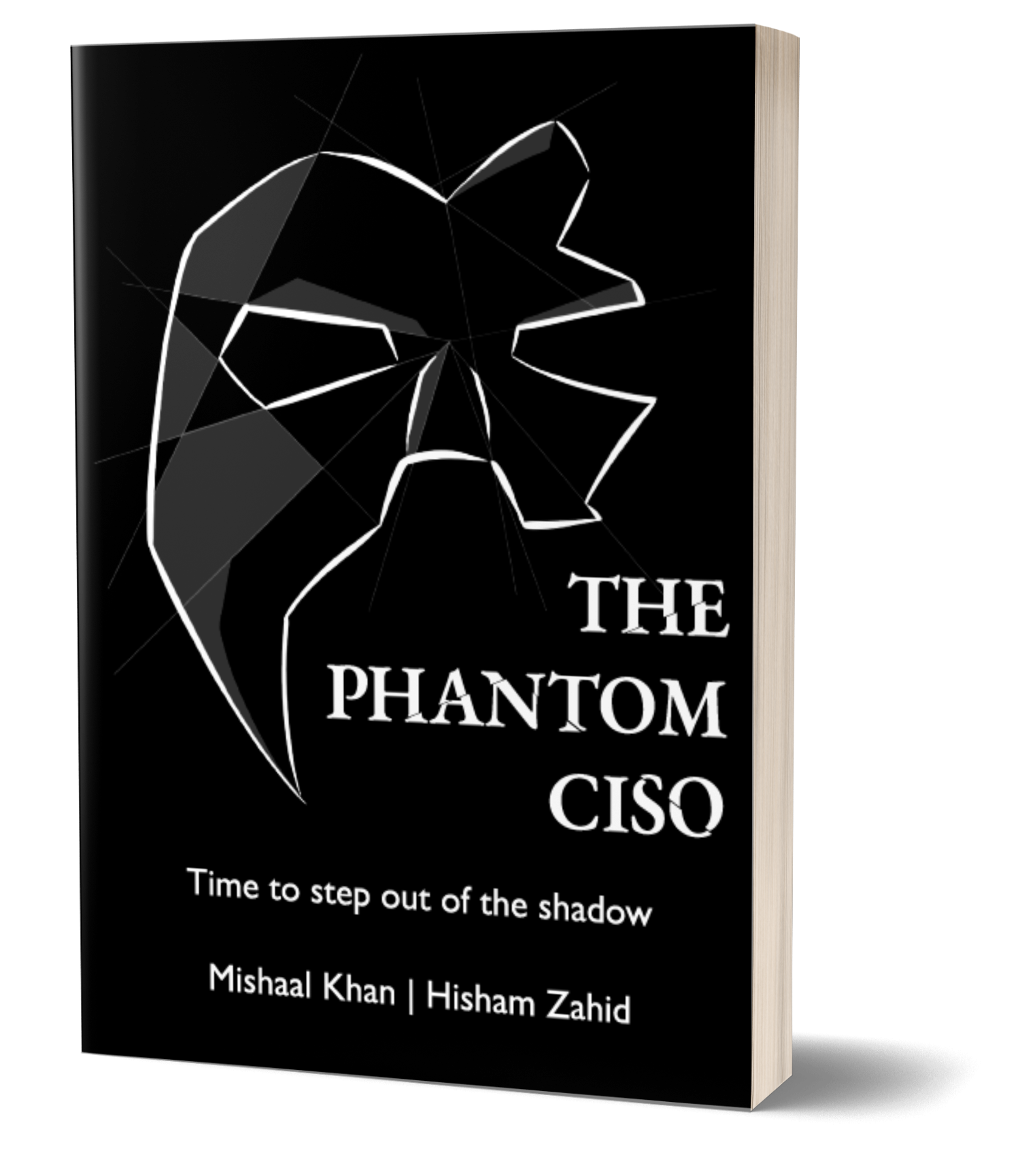A CISO's Reach in a Breach

Unfortunately, cybersecurity breaches are becoming more common in today’s digital age, and they can have significant consequences for the impacted organizations. However, it’s important to note that not all breaches end in disaster. In fact, there have been several instances in recent years where breaches were controlled effectively with the involvement of the Chief Information Security Officer (CISO). In this blog post, we’ll look at some examples of such breaches and how CISOs played a crucial role in mitigating the impact. Let’s not forget, there’s always reach within a breach, pun intended!
IBM (2019)
In January 2019, IBM reported a data breach that affected its enterprise cloud customers. The breach was caused by a misconfigured firewall, allowing unauthorized data access to the company’s cloud storage service. While the breach impacted a relatively small number of customers, IBM’s response was commendable. The company’s CISO, Shamla Naidoo, took swift action to investigate the breach and implement remediation measures. IBM also provided regular updates to its customers, showing transparency and accountability in its response.
Slack (2019)
In July 2019, Slack reported a data breach that exposed user profile information, including email addresses and phone numbers. The breach was caused by a vulnerability in Slack’s desktop application, which allowed a hacker to access sensitive data. While the breach could have been disastrous, Slack’s response effectively mitigated the impact. The company’s CISO, Larkin Ryder, worked with law enforcement and third-party security experts to investigate the breach and implement remediation measures. Slack also provided regular updates to its users, showing transparency and a commitment to protecting user data.
Capital One (2019)
While the Capital One data breach was significant, with over 100 million customers impacted, the company’s response was notable for its effectiveness. The breach was caused by a misconfigured firewall in the company’s cloud infrastructure, which allowed a hacker to access sensitive data. Capital One’s CISO, Michael Johnson, worked with law enforcement and third-party security experts to investigate the breach and implement remediation measures. The company also provided regular updates to its customers, showing transparency and accountability in its response. Additionally, Capital One implemented several changes to its security practices to prevent future breaches, including increased scrutiny of third-party vendors and enhanced access controls.
In each of these cases, the CISO played a key role in mitigating the impact of the breach and protecting the organization’s sensitive data. By taking swift action, implementing remediation measures, and communicating transparently with customers and stakeholders, these companies were able to minimize the damage caused by the breach. While breaches can still occur despite the best efforts of CISOs, having a comprehensive security strategy, staying informed about the latest threats and vulnerabilities, and having a plan to respond to breaches can help minimize the risk and mitigate the consequences. A CISO’s niche is their reach in times of heat!



